Now seems like a bold time to be launching a new kind of hot hatchback. If it’s a particularly special or brilliant kind – say, the Toyota GR Yaris, which is probably both – it’ll no doubt be fine. If it has drive batteries and electric motors as well as a combustion engine, meanwhile, like the ones Peugeot Sport is rumoured to be working on? Well, that might be all right, too.
But what if it’s a classic, fossilfuelled, front-driven performance five-door you’re introducing; one with a sense of buttoned-down German conservatism about it? Without a Nürburgring lap record with which to grab attention or a tax-saving plug-in powertrain, would such a car be able to cut through?
We’re about to find out because the new BMW 128ti is exactly that kind of car. It marks the return of a model identity suffix not used since the 3 Series Compact hatchback was phased out, and most memorably adopted by the ‘new class’ 2002 of the late Paleozoic era, I believe (read the late 1960s). Exactly what that ‘ti’ suffix will mean to today’s hot hatchback buyer remains to be seen. For those who like this car, I suspect the stick-on stripes and red body parts will mean considerably more.
The 128ti is much more than just a ‘stickers, spoilers and wheels’ marketing exercise, though. It has been the subject of a detailed makeover to the chassis, suspension and steering intended to answer what both BMW and its critics perceive to be shortcomings of the current 1 Series in general and of the M135i xDrive in particular.
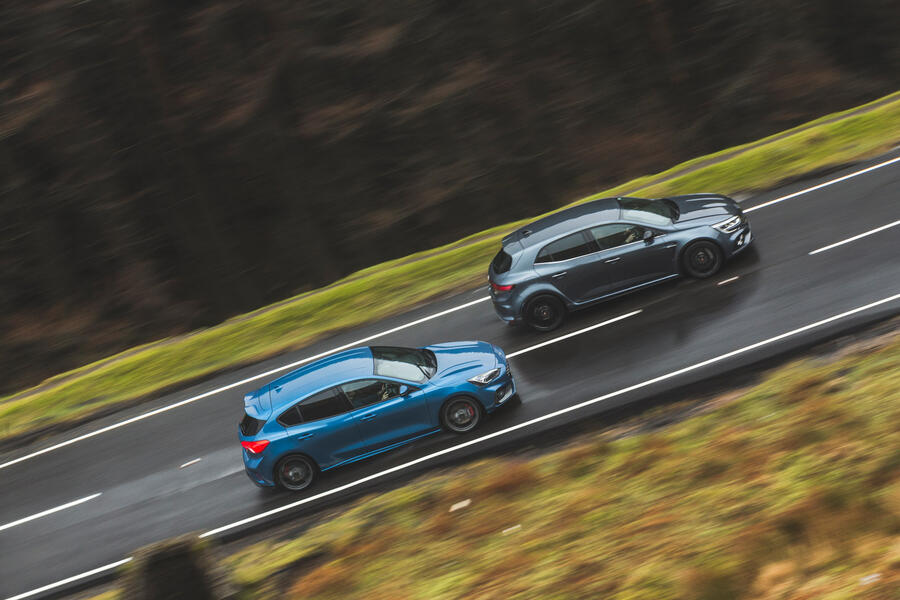
The car rides on specially tuned suspension with shorter coil springs than M Sport versions of the standard 1 Series use, and that cradles it 10mm closer to the road. It gets the M135i xDrive’s special ‘pre-loaded’ antiroll bars, but also firmer springs and higher-rated dampers than its pricier range-mate (the springs raising the car’s suspension rates at the rear axle by more than at the front, interestingly). The same Torsen limited-slip differential features on the front axle as you’ll find in an M135i xDrive, too, and firmed-up suspension bushing and mountings come in all round.
So isn’t that the sound of caution being thrown to the wind in pursuit of front-driven driver appeal? Well, yes and no. Mindful of conjuring too much tippy-toed handling ‘pointiness’ for the 128ti than they felt might suit a modern BMW, the car’s development team decided to dial down the slippy diff’s locking ratio slightly from how it’s set in an M135i and slowed the M135i’s steering ratio a little. Wheel geometry on both axles was also tweaked for more handling precision and less rapier directional response. Hmm.
They did one other thing that’s likely to divide opinion among petrolheads: they retained the M135i’s eight-speed automatic gearbox. Much as I don’t want this test to read like some polemic on the importance of three pedals and a manual shift lever in a properly involving, front-wheel-drive performance car, we’ll return to that.
The 128ti uses the same 2.0-litre turbocharged four-cylinder engine that you’ll find, in slightly different dress, in an M135i and the latest Mini JCW GP. Here, it produces 261bhp and 295lb ft of torque, which ought to rank somewhere between ‘plenty’ and ‘a lot’ as far as the current fast front-drive set is concerned.
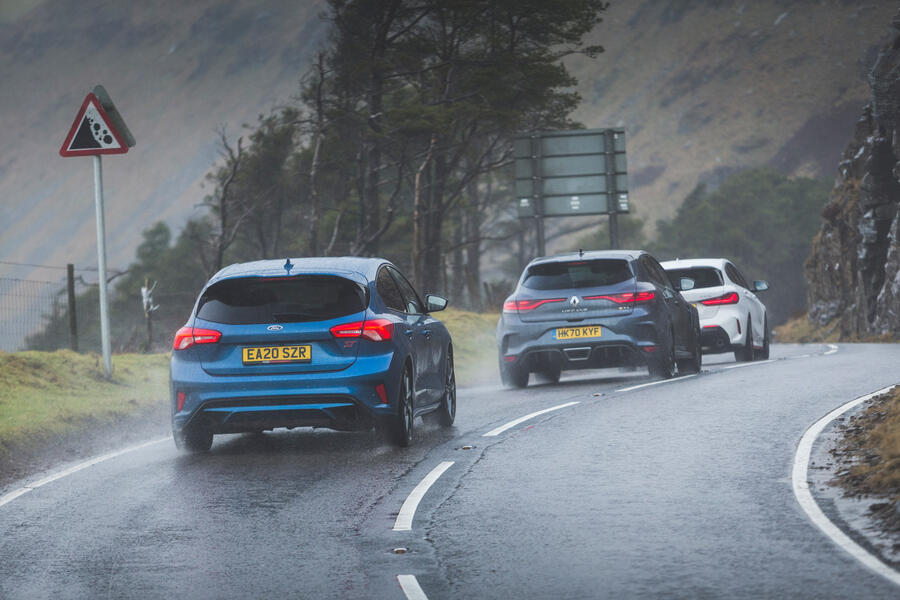
You might well be happier about your 261bhp, of course, when you discover that BMW is selling the 128ti from just over £33,000. That’s within just a few hundred quid of the price of what you might imagine would be the much cheaper rivals we’ve assembled for it here. Enter, then, the newly revised – and now paddle-shift-only – Renault Mégane RS 300 and the perennial darling of the hot hatchback set, the Ford Focus ST. The entry-ticket price of the Ford is less than £100 cheaper than the BMW’s and the Renault is less than a typical monthly finance payment cheaper than the German. When BMW talks about wanting to take on the established ruling powers of the hot hatchback niche, then, it clearly means what it says.
Which brings us to a wet Welsh mountain road and puts two equally classic, simple, affordable hot hatchback rivals in the new BMW’s way. If Munich wants to declare that it has mastered the art of the immersive, affordable, fast front-driver, its debutant must be able to survive a day with two of the most entertaining ways to spend a pretty modest hot hatchback budget that currently exist; and then be driven away with pride intact.
Can it do that? Has BMW got an instant front-drive smash hit and class leader on its hands? Well, prepare for a complicated answer. The 128ti does carve out a niche for itself next to the Ford and Renault for those who like a particular sort of hot hatchback. But the surprise to yours truly, in light of all the noises made by BMW about this car’s simplicity, directness and heightened driver engagement, is perhaps that none of those things is the 128ti’s relative selling point in this company. That’s not to say those things may not be selling points in isolation; just not today.
Those who like this new breed of performance BMW will be responding, I suspect, to its seriousness as a driving machine. To its sense of purpose, composure and precision at speed, all of which are strikingly impressive. To its potential for outright across-the-ground pace, too, which is a lot more considerable than its tail-end status for power in this test might imply. Also to its equally Germanic apparent quality and desirability as a premium product. The 128ti is fairly absorbing to drive – but only up to a point.
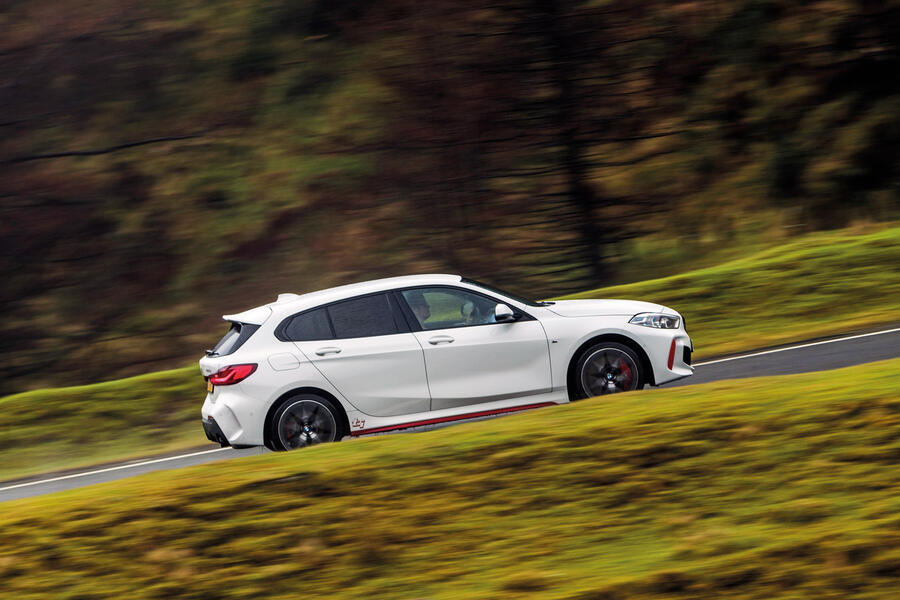
All right, I’ll admit it. The latest Volkswagen Golf GTI would have been a better rival for the BMW in some ways, for what we might call its static qualities especially – the quietly upmarket lustre of desirability that the VW has and the familiar appeal of the idea of living with one. VW’s UK distributor has only two brand-new Golf GTI Clubsports, sadly, and it just so happened that both were damaged in the snow only days before this test happened. The show must go on.
You’ll probably have expected the 128ti’s cabin to outshine the vastly more humble surroundings of a Focus ST and the only slightly more materially ambitious ones of a Mégane RS 300. Indeed, it does. The BMW’s cabin is a very agreeable place to be. But do glossy material trims, a glaringly wide infotainment system and embossed armrests really matter in an affordable driver’s car? Or might the general comfort, support and adjustability of the driver’s seat and the orientation of the controls matter more?
To this tester, while the Renault offers a good driver’s seat but a more ergonomically compromised layout of controls in front of it than either of the other two cars, it’s the Ford that shades the BMW for driving position credit. The 128ti’s seats have more adjustability than the Focus ST’s, but they’re harder and less laterally supportive. And, for the record, no car here has the low, just-so primary ergonomics of a Honda Civic Type R.
Next, let’s pick a powertrain: the versatile, characterful, exciting kind you’d want in an everyday-use performance option. The BMW’s does pretty well here, at least as far as its engine goes. You’d pick its torquey-feeling 2.0-litre turbo over the Renault’s boosting, popping 1.8, even though it’s a touch too reserved for its own good. But it doesn’t rev like the Ford’s 2.3-litre turbo, and while it’ll hurl the 128ti along at quite the rate, it doesn’t occupy your imagination quite like the Focus’s engine, either. I’ve never known a four-cylinder motor to warble and thrum as genuinely as the Ford’s does when you select Sport driving mode, and the active exhaust switches over to its noisy pipe. It’s a real audible treat.
For a gearbox, there’s just no competition; not for me. I accept that a great many people who buy cars like this would now rather have two pedals than three because that suits them better for the everyday grind. But here’s the thing: a manual transmission doesn’t just better occupy your left hand and left leg, but your brain as well. In the manual-equipped Focus ST, your approach to every corner, and every straight that opens up in front of you after it, is so very different from how it is in either the Mégane RS 300 or the 128ti. You are fully mentally engaged in the process of preparing the Ford for whatever lies through the windscreen; of picking gears for corners deliberately, and then committing to making them work, with the car’s weight and half shafts loaded and set just as you want them.
In a paddle-shift auto like the BMW or the Renault, you just needn’t bother with any of that: leave it in ‘D’ and let the software figure it all out for you, if you like. But surely, that’s convenience to the direct detriment of driver engagement, and never have I witnessed it quite so graphically illustrated as by comparing these cars. In paddle-shift manual mode, you can drop a couple of cogs under braking in either the BMW or the Renault, and then another on the apex if you change your mind, but doing so just asks so little of you that it all feels relatively pointless. To give them their due, the BMW’s eight-speed ’box is smoother but slower at this, the Renault’s six-speed dual-clutch gearbox slightly clunkier but more intuitive-feeling because it has the more naturally spaced gears.
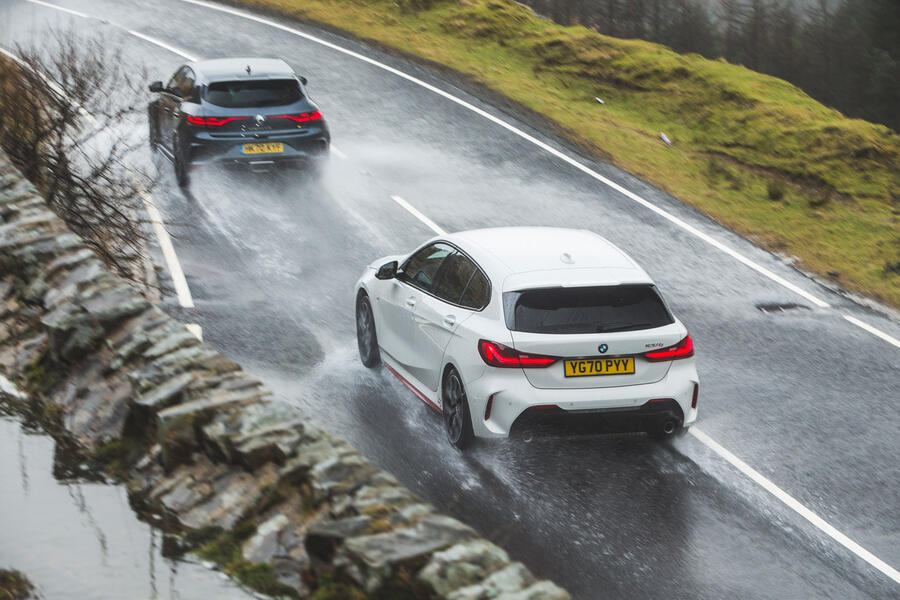
But, quite apart from the tactile mechanical connection that a manual shift and a clutch pedal give you to the all-important front contact patches of a hot hatchback, the way they better engage your mind than a pair of flappy paddles makes the bigger difference. You drive a manual better because you have to; and the Focus’s slightly staccato but positive short-action change is always a joy to shunt across the gate.
Muscling the Focus through a corner isn’t too dissimilar, actually. It takes a particularly sharp-handling but otherwise simple hot hatchback to feel even more direct and agile than a four-wheel-steered Mégane RS 300 in this department, but that’s what the Focus manages. It’s heavy helmed but bristling with ready off-centre response and firm riding but emphatically worth it for the handling compromise.
To some, the sheer speed and heft and the slightly elastic, feedback-rich feel of the Ford’s steering will be too darty, too incisive, too much. Not to me. Get used to it, let the confidence swell, and it becomes like picking out the heaviest 10-pin bowling ball on the rack once your arm’s warmed up on a Friday night out (remember those?). Stop thinking about your technique for a minute, be deliberate and just aim at the apex as you would for the kingpin. Strike time. It’s satisfying in ways the lighter-rimmed and relatively flighty-feeling Renault can’t equal; and neither can the BMW, with its more linear-feeling, slower and more filtered rack.
For handling adjustability, it’s another surprise to find that the 128ti hasn’t really got too much to say for itself. The chassis is, as fast BMW chassis tend to be, pretty planted and immovable when turning in on a trailing throttle and it remains that way if you try to use trail-braking to shake it loose. Under power, the diff adds tenacity and traction up to a point, but even on dry Tarmac, the front end can get slightly wayward before you can trust it fully with all 300lb ft. By comparison, simply by virtue of having softer springing, slightly sweeter-balanced grip levels and more naturally agile handling, the Mégane beats the 128ti for handling involvement through tighter corners.
And the Focus knocks the 1 Series for six. The ST is simply locked on and so predictable when cornering hard under power. That’s the inherent advantage of having an active slippy diff that isn’t actually a mechanical LSD at all but a secondary and fully locked front axle drive system that’s progressively connected smoothly by an electronically controlled clutch. The Focus knows how closely to lock the front half shafts together before you’ve even asked for power; it just depends on steering angle and relative rotational wheel speed. The BMW’s diff, by comparison, feels like it needs to be loaded up in order to react. It gets close to being on the same page for outright drive out of bends, but it certainly doesn’t start there.
The Ford’s handling is adjustable, too, once you learn to speak its language. It’s stable enough on a trailing throttle so as never to feel nervy on turn-in. Then, a gentle brush of the brakes at the right time sets the chassis rotating in that trademark fast Ford way that’s always guaranteed to put a smile on your face.
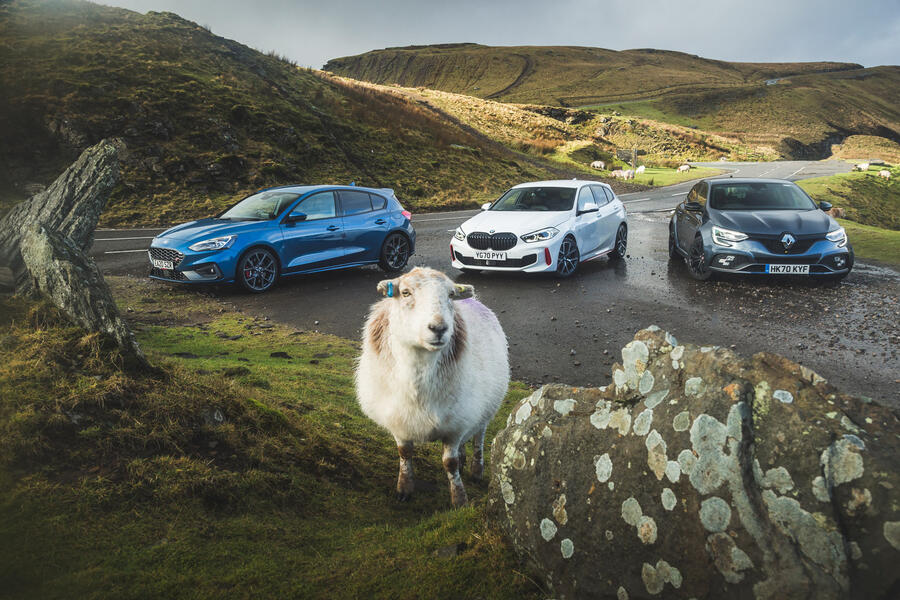
Late last year, this wonderfully simple and superbly ‘unaspirational’ Ford put a Golf GTI to the sword on these pages with Andrew Frankel doing the judging. Maybe it was unrealistic of me to expect any different here, with another suspiciously ‘premium’, surprisingly reserved addition to the hot hatchback ranks that’s very much in the Volkswagen’s mould.
The result is clear and resounding, though. And if the 128ti really is the 1 Series at its most engaging – fast, fluent and composed as it might be? All of a sudden, I worry about BMW’s definition of the term.
The one I'd buy
Richard Lane: On which of these cars would I spend my own money? Unsurprisingly, it’s the Focus ST, although were I to concoct my own Frankenhatch from this trio, I’d want the composure of the BMW, the agility of the Renault and the adjustability of the Ford. So it’s not as simple as the best all-round car here having a monopoly on desirable attributes. And yet, what the Ford possesses in spades, and what the others don’t really do, is joie de vivre – that quintessential hot hatch quality. The burly engine, elasticated steering and slightly bouncy ride can make it feel a little cartoonish, but the result is also relentlessly good fun.
Simon Davis: The hot hatch is probably one of the most difficult cars to really nail. Break down the basic recipe and you’ll find a collection of ingredients seemingly at odds with each other but potentially capable of combining to produce some of the most memorable and exciting cars on the road. Space, pace, agility, adjustability, everyday usability, civility and affordability are all crucial here, and the weighting given to each in the mixing process will ultimately determine character and palatability. For me, the Ford represents the most intriguing, exciting blend of those traits. Effervescent and entertaining in its performance and handling, but just about comfortable enough to live with every day. It’s where my money would go.
READ MORE
First drive: 2021 BMW 1 Series 128ti prototype

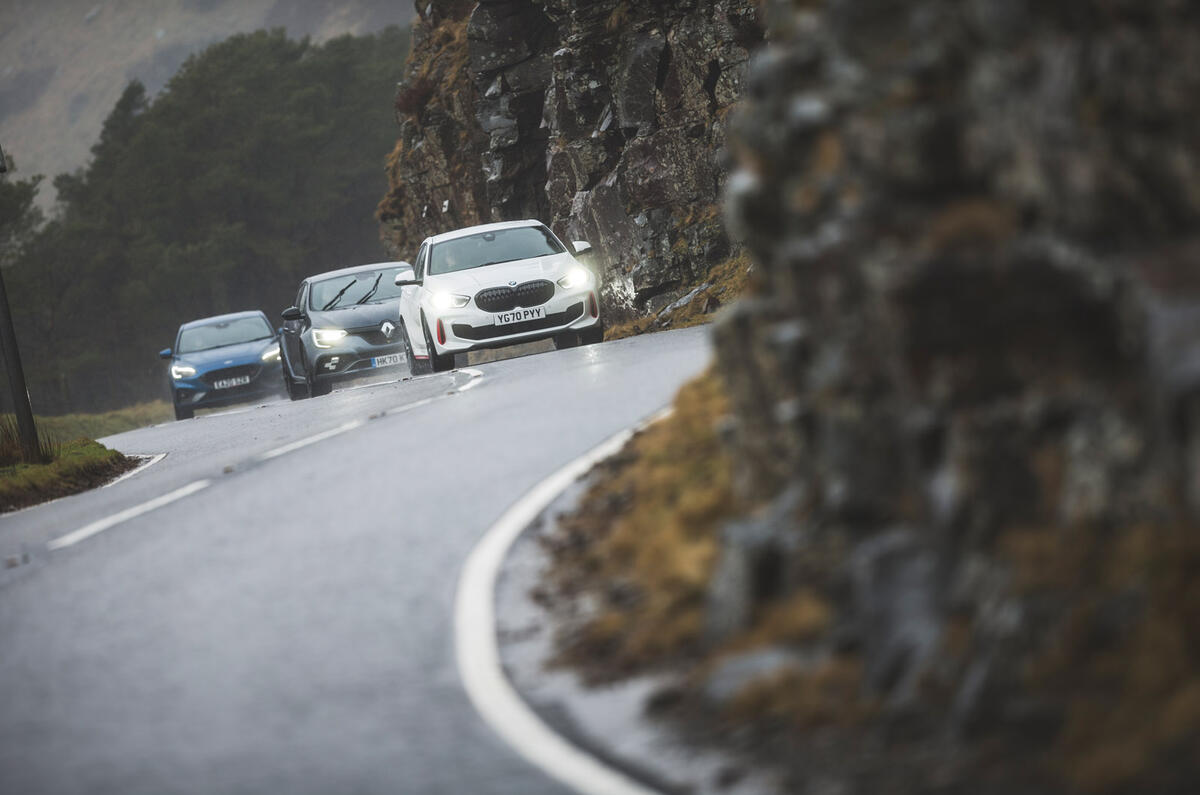

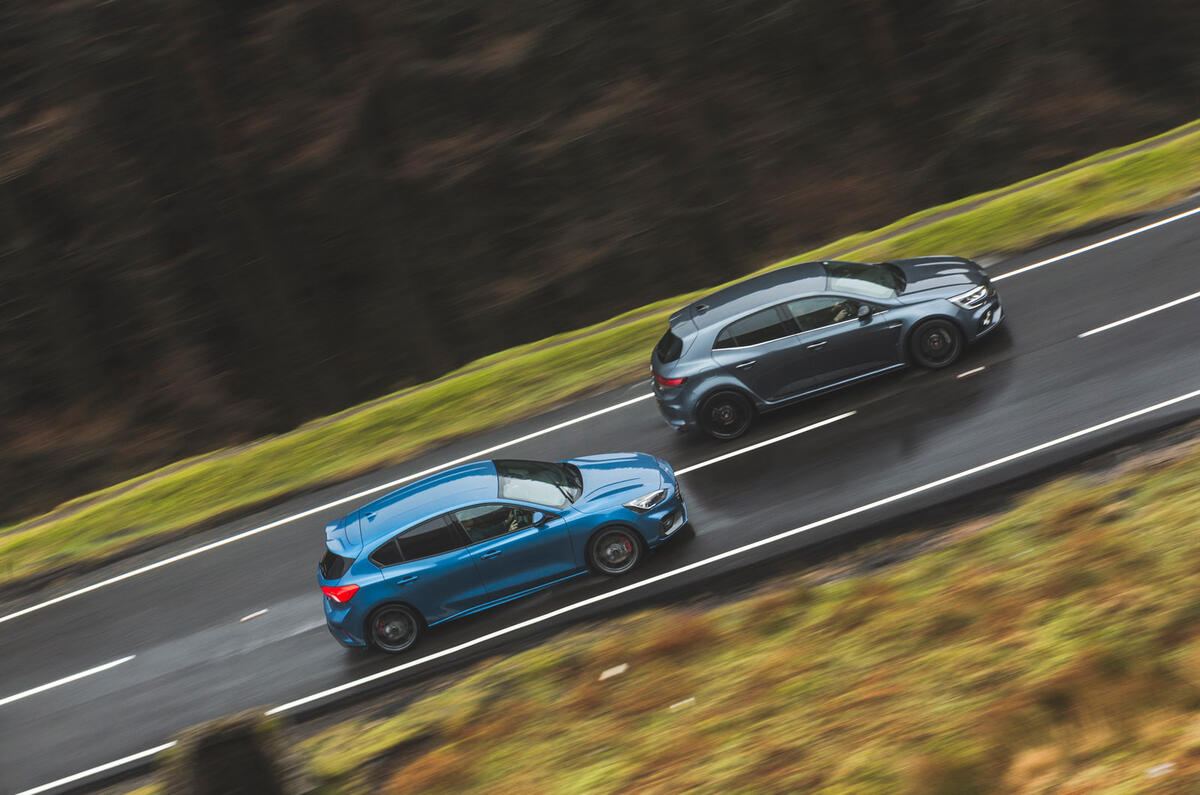
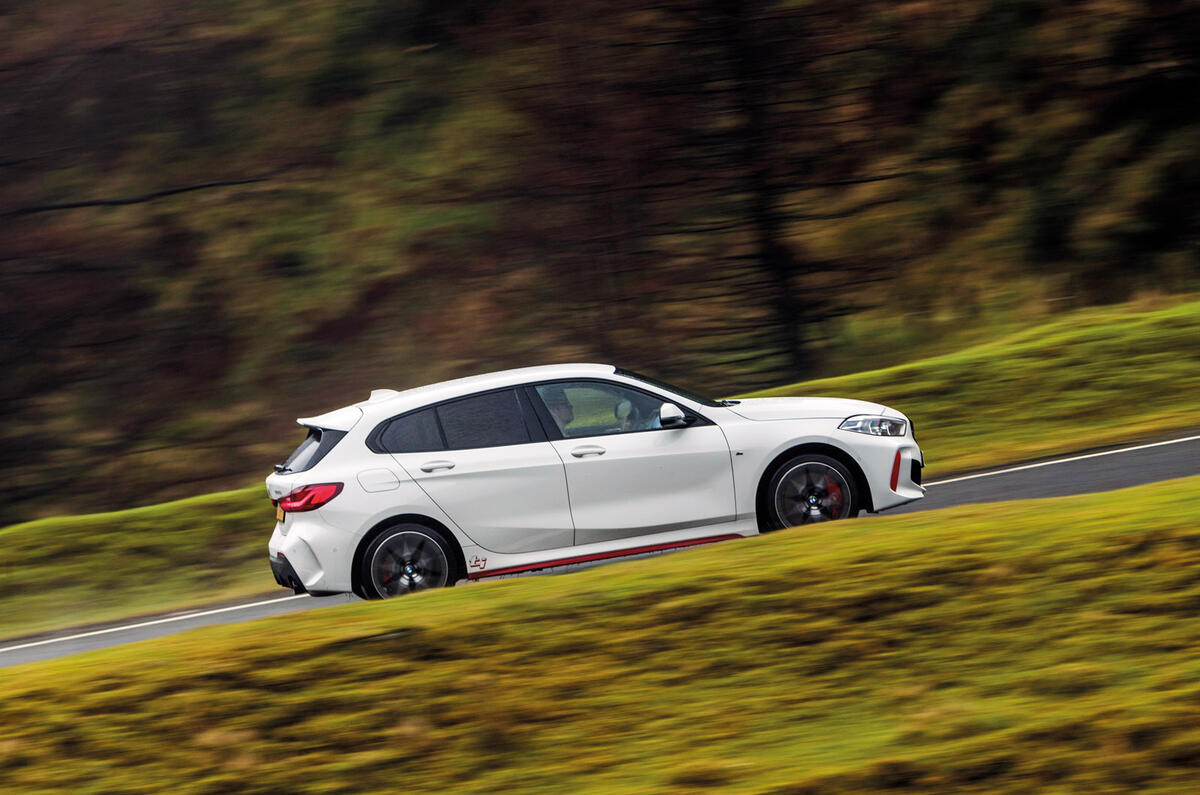
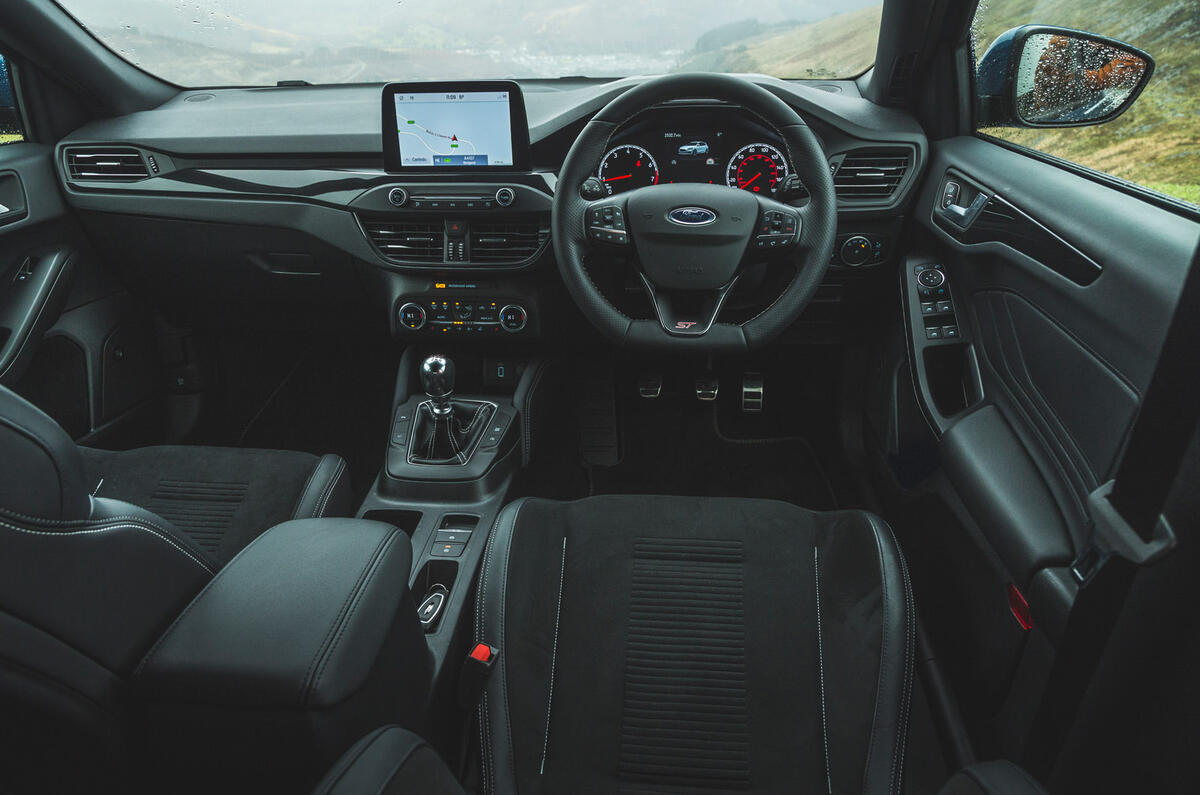
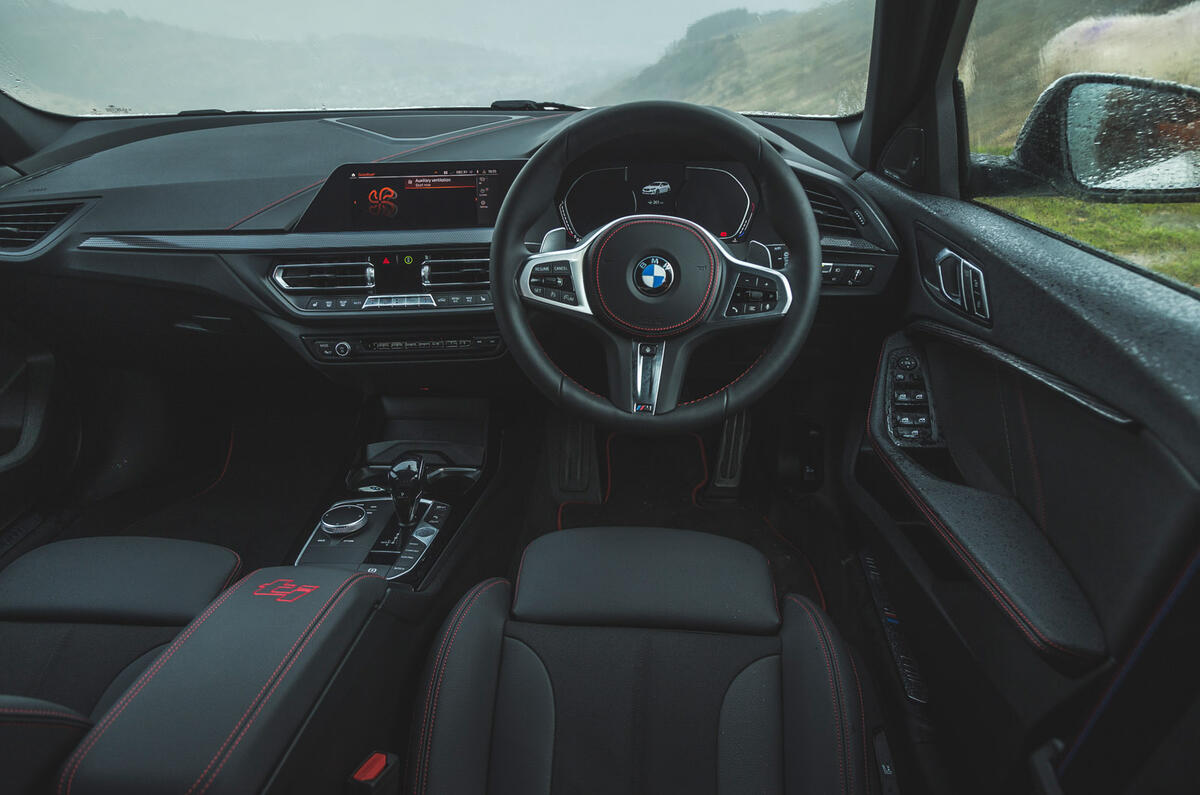
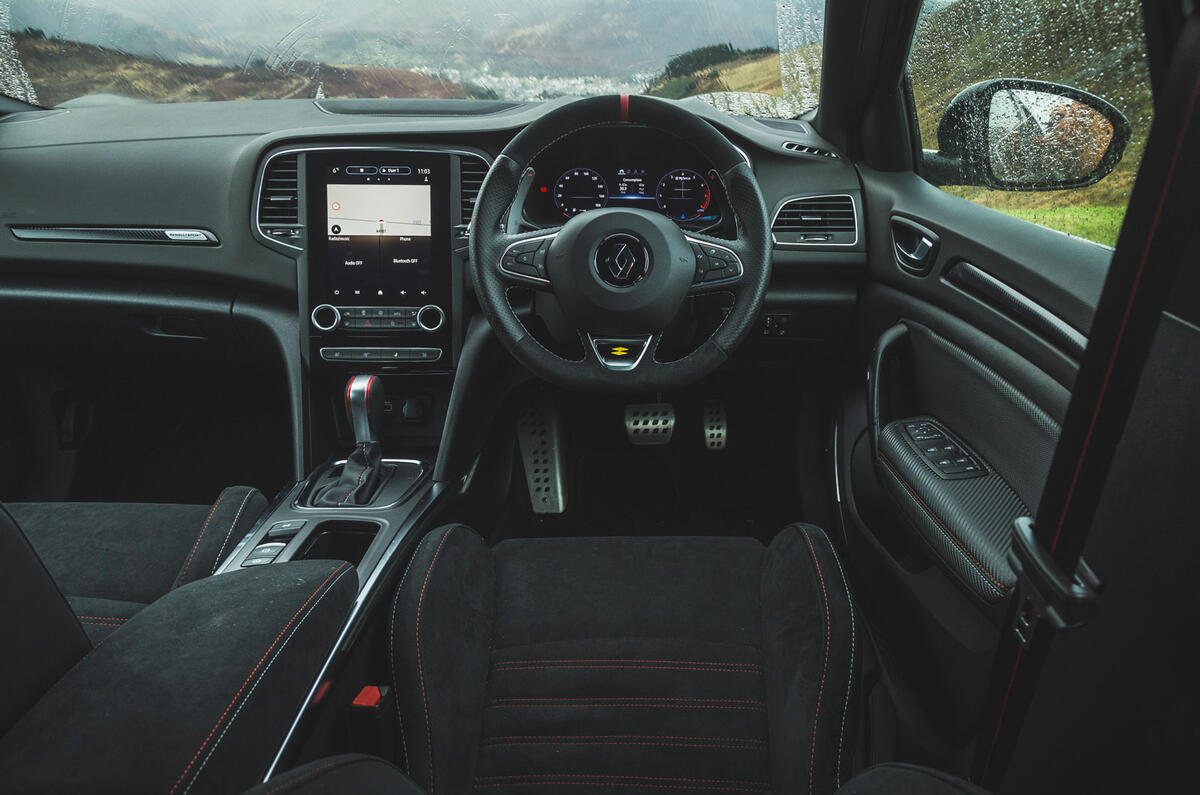

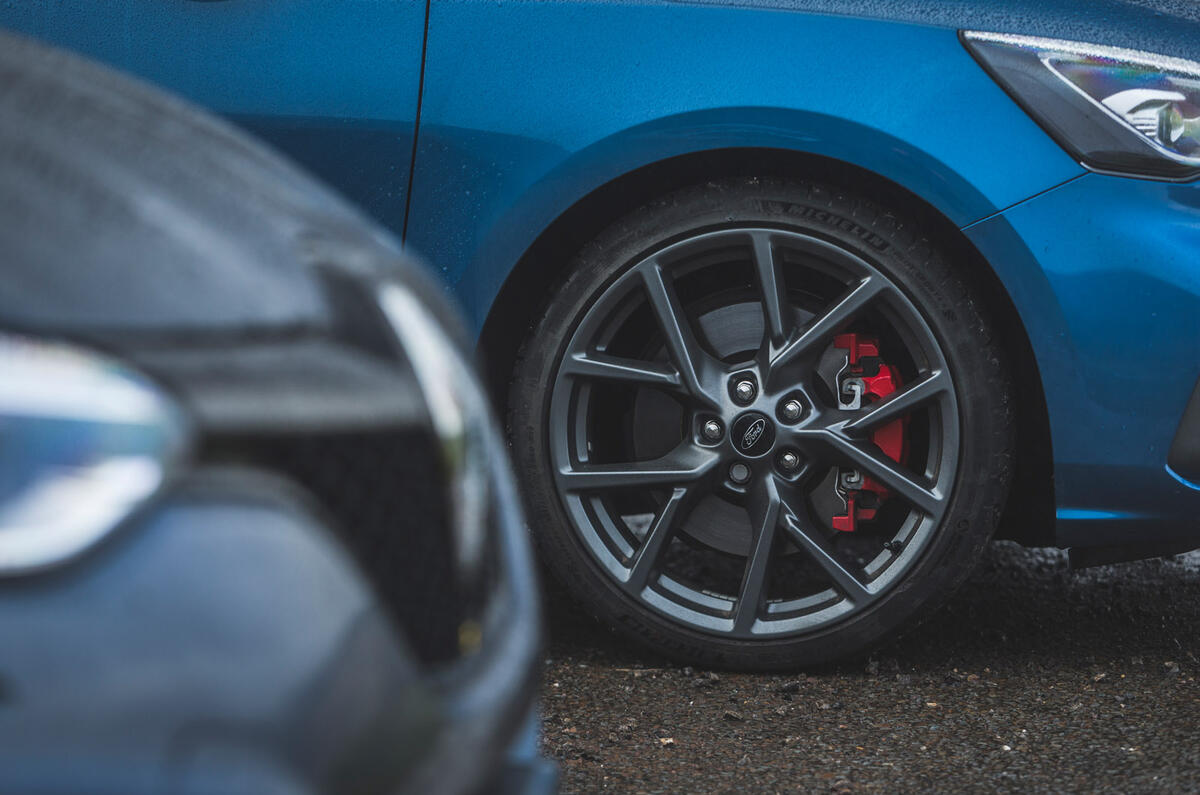
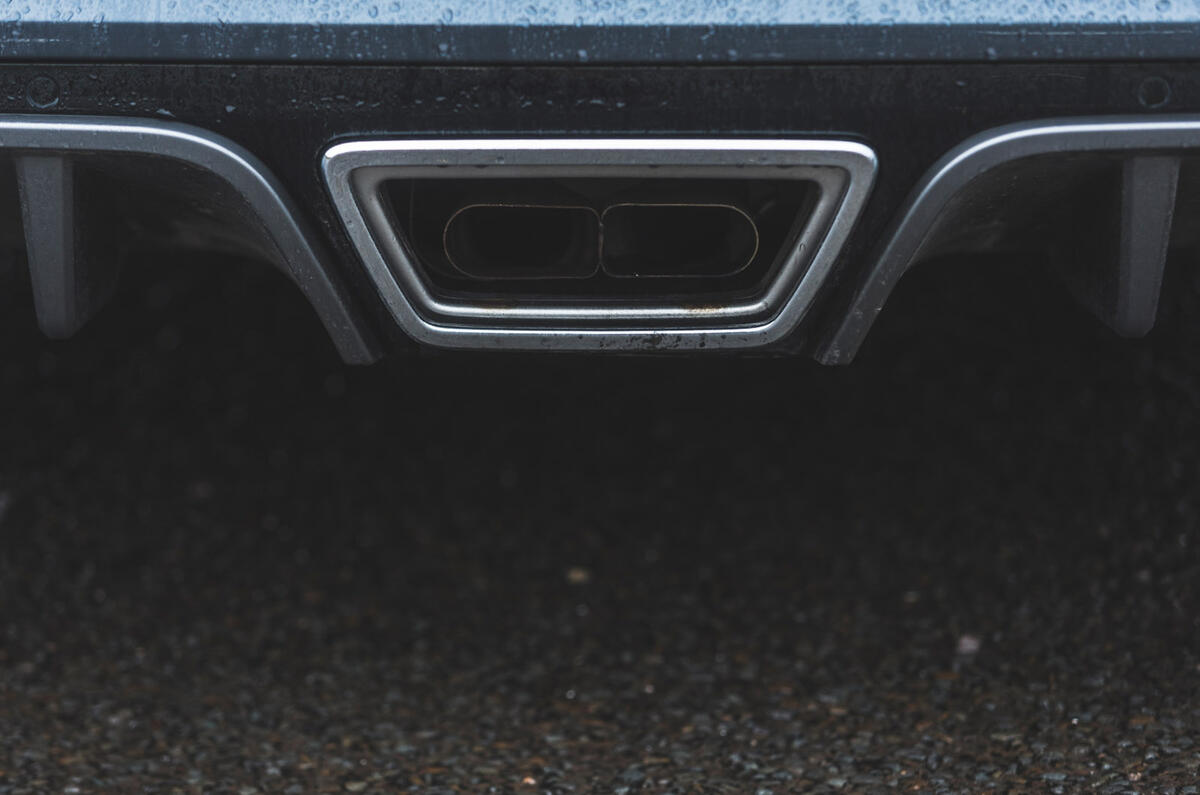
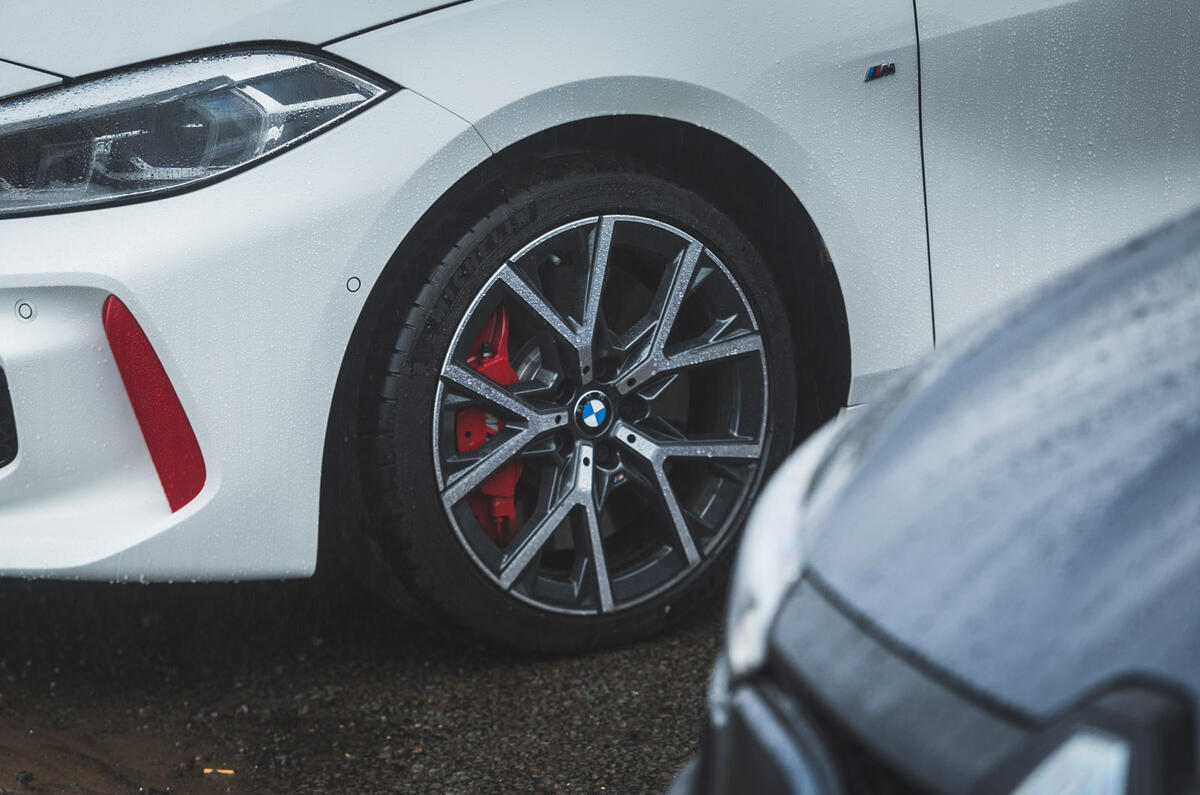
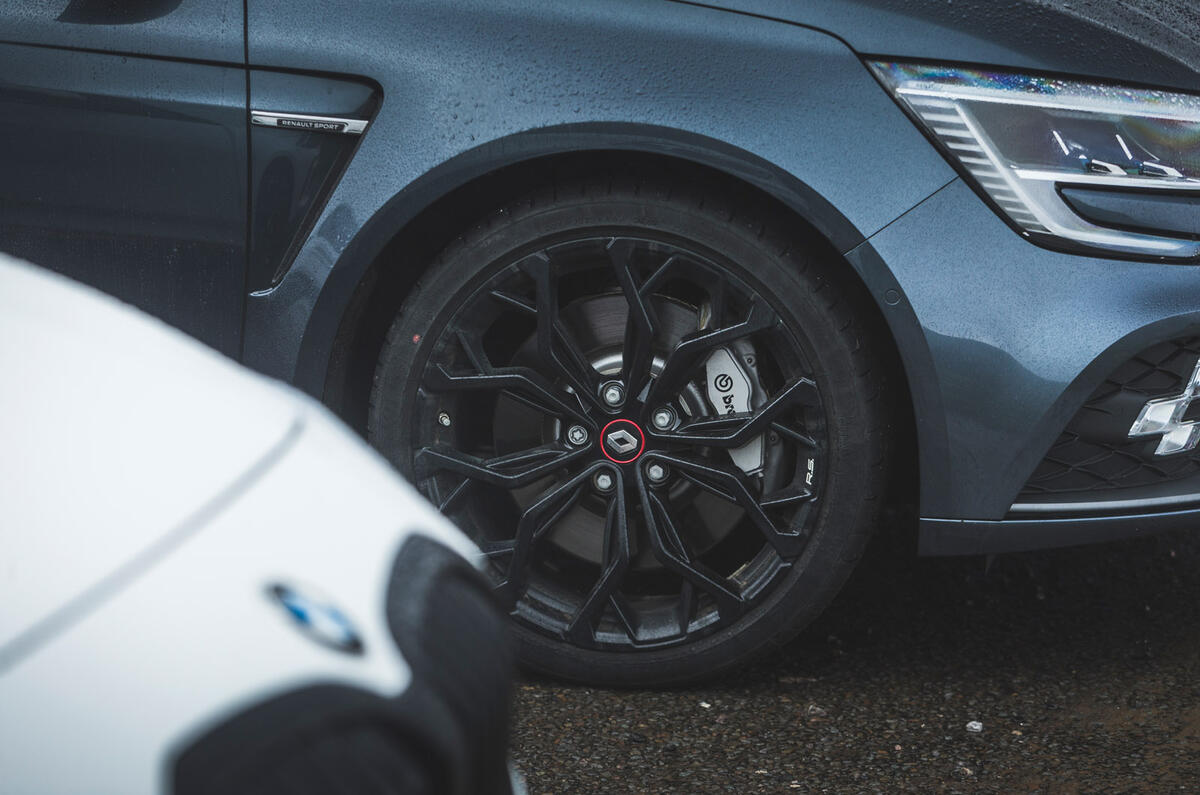
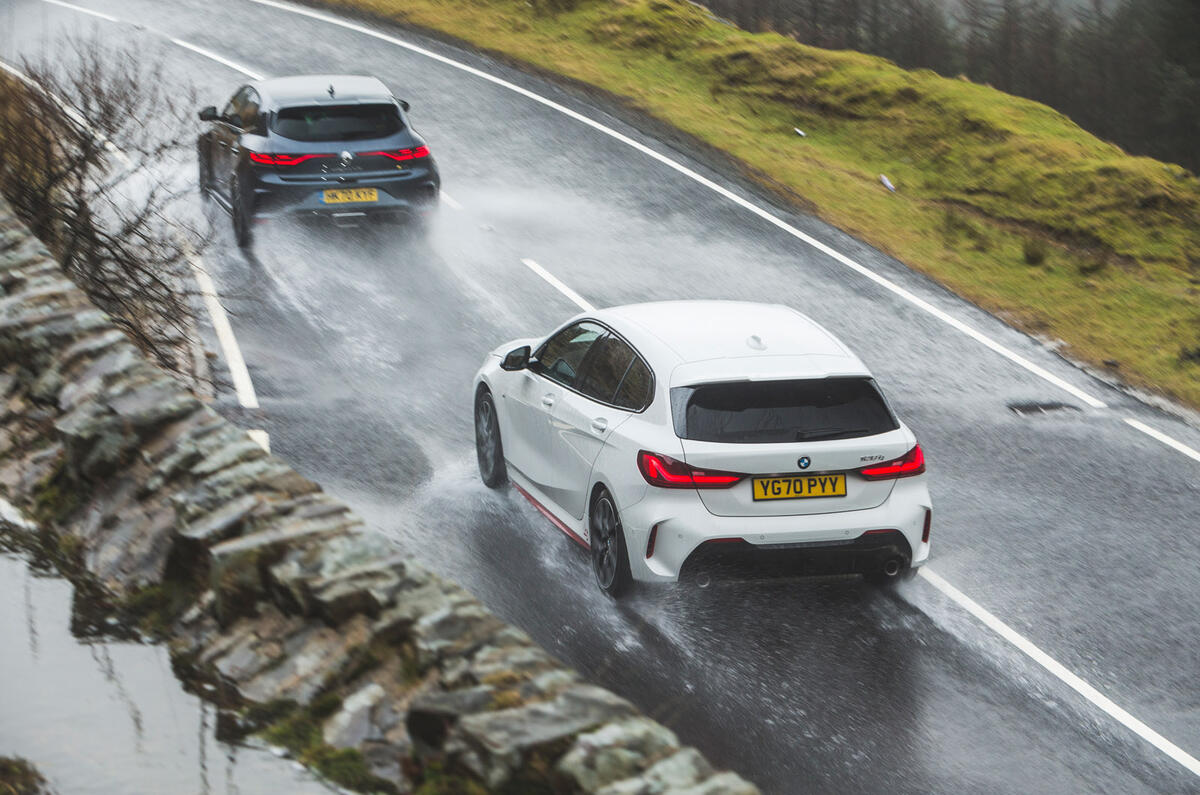

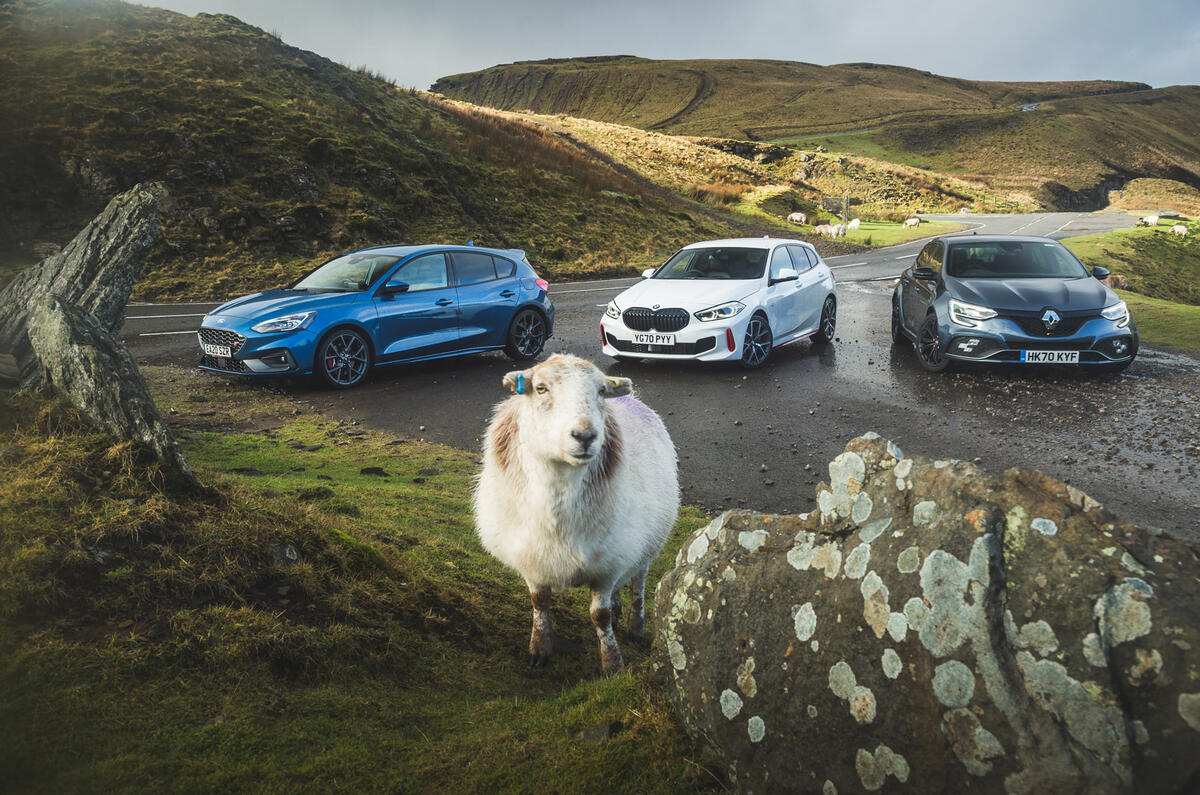


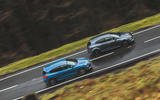
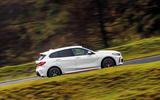
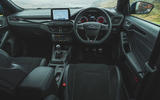
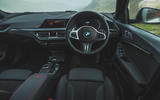
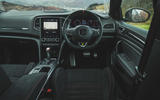

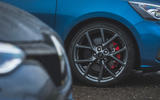
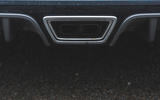
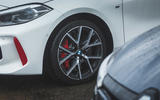
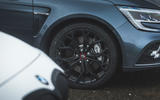
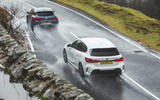

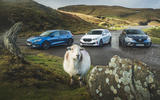






Join the debate
Add your comment
Nice review - good to hear the author's point of view and his explanation.
Nit-picking perhaps, but while the BMW's cabin may be 'classier', I massively prefer the speedo and rev dials in the Ford to those in the 128ti and even the Megane.
I agree, there's room for both ways of changing gear, it's your, our choices, no one is telling to use them, flappy paddles?, are they that popular anymore?, if we have an auto, we stick it in D' and go, there are situations where a manual is better than an auto, but not many, it's the same old Chestnut, the same question about which cars the best, the answer usually is?, your money, your choice, you live with it.
When the manufacturer you prefer doesnt offer the option of manual or automatic, only one or the other, its not really your choice is it, its their choice not to offer an alternative.
Once again a review in Autocar is basically about manual vs auto transmissions. It's time to call it quits guys. The auto with paddleshift is the way all car makers are going for all classes of cars.
There are many reasons, emissions tests superiority is just one, but also performance (yes, autos are now quicker than manuals to change gear) smoothness and convenience are yet more.
I am always struck by how many people with manuals habitually drive holding or resting their hand on the knob, leaving only one hand on the wheel, so I would add safety as well.
How often are you really going to be driving on open country roads where a manual becomes more involving and enjoyable. compared to stop/start urban areas where manuals are just a chore?
Bimfan just try accepting that there are people who enjoy manual transmissions. You prefer autos which is fine but I do not want your choice foisted on me without the option. As for safety, I never see drivers resting their hand on the gear knob, I see drivers of automatics with one hand on the wheel and one freed up for playing with a phone or the screens. And the answer to your last paragraph is plenty, including me. We do not all live in cities.
Really, that's how it works now? I though the majority wins. You're in the minority.
If automatics are so superior, why do manufacturers offer the option to override the gearbox with flappy paddles etc?